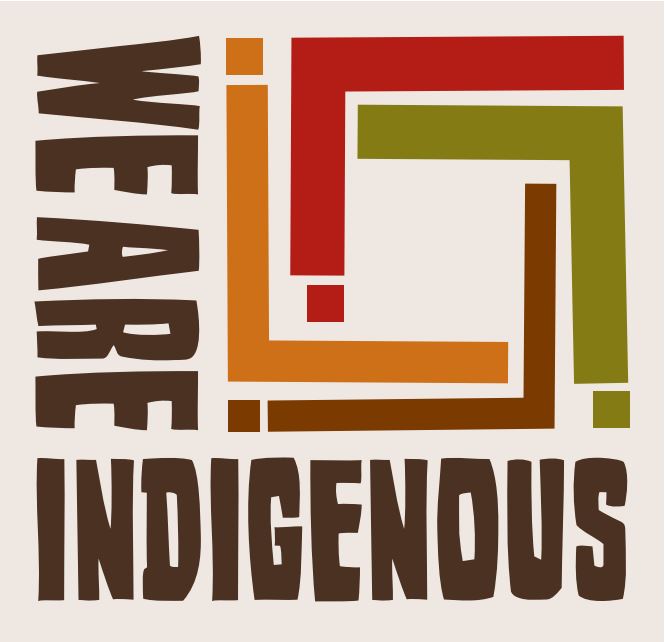Indigenous peoples, often characterized by their unique languages, cultures, and deep-rooted ties to ancestral lands, have for centuries faced a myriad of challenges—from cultural erosion and language extinction to socioeconomic marginalization and denial of basic rights. Over the years, these challenges have been exacerbated by colonial legacies, land grabs, environmental degradation, and lack of representation in decision-making processes. Amidst these adversities, the international community, in 2015, adopted the Sustainable Development Goals (SDGs) as a universal call to action to end poverty, protect the planet, and ensure that all people enjoy peace and prosperity by 2030.
Embedded within these goals is an implicit recognition that achieving true sustainable development requires the inclusion and participation of all societal groups, including indigenous peoples. The relevance of indigenous rights to the SDGs can be discerned through multiple lenses. First and foremost, SDG 10, which seeks to reduce inequality within and among countries, resonates deeply with the aspirations of indigenous communities for recognition and equality. For these communities, reducing inequalities often means securing land rights, accessing quality education that respects their cultural context, obtaining fair representation in governance structures, and benefiting equitably from the resources on and beneath their territories.
Similarly, SDG 4, which emphasizes inclusive and equitable quality education, has significant implications for indigenous peoples. The preservation of their languages, cultures, and traditional knowledge depends largely on education systems that are both inclusive of and responsive to their unique identities and histories. Then, there's SDG 15, which aims to protect, restore, and promote the sustainable use of terrestrial ecosystems. Indigenous peoples, often referred to as the “guardians of the earth,” possess deep-seated traditional knowledge that can offer invaluable insights into sustainable land and forest management practices. Their stewardship has, in many instances, maintained and even enhanced biodiversity in the world’s remaining forests and other critical ecosystems.
Furthermore, SDGs like clean water and sanitation (SDG 6), good health and well-being (SDG 3), and decent work and economic growth (SDG 8) have direct correlations with the aspirations of indigenous communities. It’s crucial to remember that the realization of the SDGs depends on the active participation of indigenous peoples. Their exclusion not only undermines the goals themselves but also risks perpetuating cycles of discrimination, inequality, and environmental degradation. As the world strives to meet the ambitious targets set out in the SDGs, it must remember the timeless adage: "Nothing about us, without us." The rights, wisdom, and aspirations of indigenous peoples are not just moral imperatives—they're critical to the vision of a sustainable, just, and equitable world.
The Right to Protest: online panel discussion
LexisNexis is hosting a free, online panel discussion in partnership with the International Law Book Facility (ILBF) to explore the right to protest.
24th January 2024 at 17:00-18:30 GMT
The panel discussion, moderated by James Harper, General Counsel of Global Nexis Solutions - part of LexisNexis, supports the ILBF's law undergraduate essay competition 2023-2024, that asks law undergraduates the question: ‘Should the right to protest be unfettered?’
International Day of the World's Indigenous Peoples: Celebrating Our Global Cultural Tapestry
Indigenous People and Nature, Insights for Social, Ecological, and Technological Sustainability, 2022, Pages 3-27
Indigenous People and Nature, Insights for Social, Ecological, and Technological Sustainability, 2022, Pages 199-216


